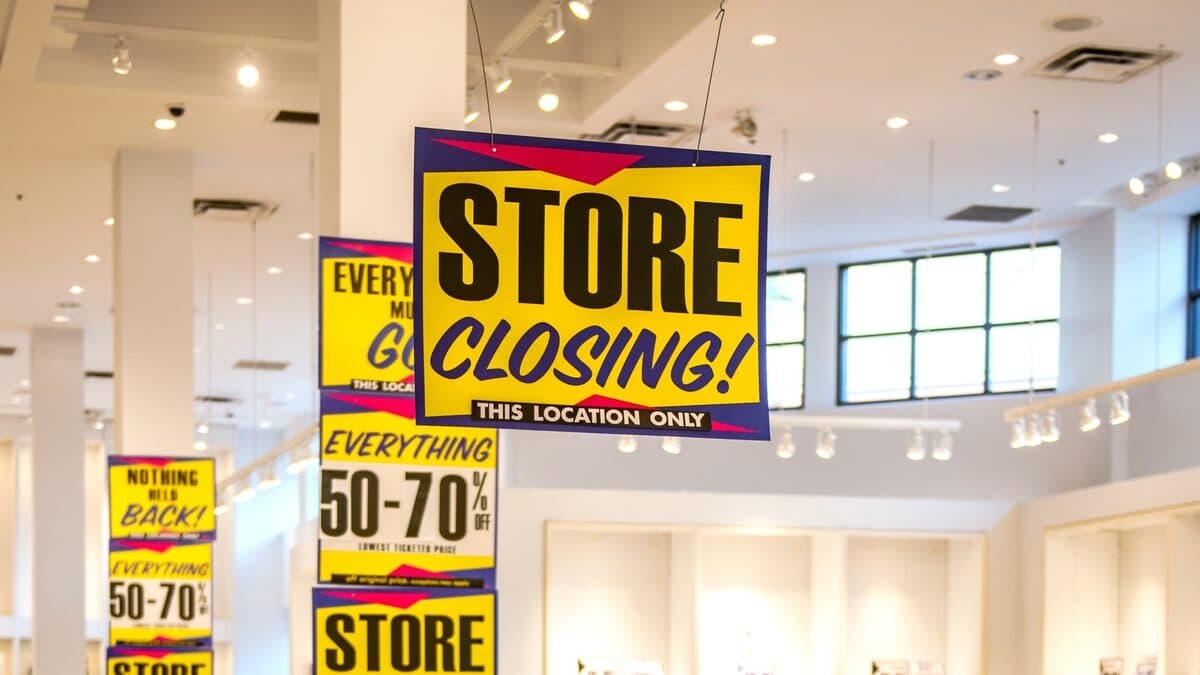According to seasonally adjusted data from the Australian Bureau of Statistics (ABS), retail turnover in Australia edged up by 0.1% in September 2024. This follows a 0.7% increase in August and flat turnover in July.
Robert Ewing, head of business statistics at the ABS, commented, “September’s retail spending remained stable after a boost from unusually warm weather in August.”
Household goods retailing saw the largest growth in September, up by 0.5% after a 0.4% decline in August, with Western Australia driving the increase in hardware and gardening sales following last month’s unseasonal rainfall. Cafés, restaurants, and takeaway food services also rose, gaining 0.4%.
Conversely, department stores, clothing and footwear, and food retailing saw modest declines, with department stores down by 0.5%, and clothing, footwear, and food retailing each dipping by 0.1%. The August surge in liquor sales reversed this month, contributing to the overall decline in food retailing.
Retail turnover growth across Australian states and territories was mixed. The Northern Territory experienced the largest drop, impacted by heavy, unseasonal rainfall, marking its first monthly decline after four consecutive increases.
Quarterly retail volumes recover
The ABS release also covers quarterly retail sales volumes, which grew by 0.5% in the September 2024 quarter after two consecutive 0.4% declines in the June and March quarters. “This quarterly increase marks only the second rise in retail volumes in two years, signaling partial recovery in discretionary spending,” Mr. Ewing noted.
Ivan Colhoun, Chief Economist, CreditorWatch said: “Sales rose 0.1% in September in current dollar terms. A small decline had been expected after the stronger 0.7% rise recorded last month, so overall this was quite a good result, that sees retail sales overall now trending slightly higher at 0.3% per month. The slightly stronger trend plus a 0.5% rise in turnover volumes – only the second rise in two years – suggests that the 1 July income tax cuts may now be providing a little support to the economy. Measures of consumer sentiment have lifted a little in recent months also supporting this contention.
“Many parts of retail are now showing these slightly better trends after an extended period where sales mostly tracked sideways, albeit at levels some 25-30% above pre-COVID levels, the latter reflecting the significant lift in prices that has occurred across the board over the past few years. Yesterday’s CPI revealed a 3.5% lift in prices over the past year, which is a little above the lift in retail sales over the same period (+2.3%). This suggests for some categories turnover volumes are declining a little, despite very strong population growth. Anecdotes from retailers continue to suggest consumers are being more cautious, reflecting pressures on their finances from higher inflation and interest rates. Woolworths CEO today noted that shoppers were continuing to exhibit caution, selecting items on special and shopping around for specials at other retailers too, which also suggests pressure on Finances. Thankfully, unemployment remains very low, which is an important support to the economy and consumer spending.
“The RBA Board continues to be faced with the challenge of the risk of under-achieving on its inflation target. Yesterday’s CPI at the very least removes the chance of any pre-Xmas rate cut, and does not rule out a surprise rate rise on Melbourne Cup Day as inflation continues to make slow progress toward target.”
Additional insights
On a per capita basis, retail volumes declined by 0.1% for the ninth consecutive quarter, with annual per capita spending down by 1.9%. Retail price growth slowed to 0.6% in the September quarter, compared to a 1.0% increase in the June quarter, as reflected in the latest Consumer Price Index. “Easing price growth and ongoing consumer sensitivity to discounts indicate that spending remains price-driven,” said Mr. Ewing.
For more details on industry and state-level data, visit Retail Trade, Australia. The ABS appreciates the continued support from businesses in survey participation.
Retailers call for rate cut
Retailers have urged the Reserve Bank of Australia to cut interest rates at its November meeting following sluggish retail sales for the month of September.
According to the Australian Bureau of Statistics (ABS) retail turnover rose by a paltry 0.1 per cent for the first month of Spring.
National Retail Association (NRA) Interim CEO Lindsay Carroll said that a rate cut would provide a giant boost to consumer spending and thereby greatly help retailers as they enter the all-important Christmas trade period.
“The Christmas trade period is crucial every year to retail, but with the current cost-of-living crisis it will take on greater importance for the sector this year,” Ms Carroll said.
“The ABS figures reveal that spending in September was not disastrous, but it was well below the August turnover. Households are clearly still being extremely careful with how they spend money during the current economic environment.
“Just yesterday the ABS revealed that inflation had at long last dropped to within the prescribed range of the RBA. We think it therefore entirely justifiable that the RBA takes a serious look at a long-awaited cut to the official interest rate.”
The ABS report revealed mixed results across both the separate retail industries and each Australian state and territory.
“Household goods did represent a silver lining, gaining 0.5 per cent after negative growth the previous month. Cafes, restaurants and takeaway also recorded a growth in sales last month, but it was at a lower rate compared to August,” Ms Caroll said.
“Unfortunately, all other sectors of the industry went backwards in September and that’s why we believe a rate cut is needed to restore consumer confidence ahead of Christmas.”
“We acknowledge that September isn’t traditionally a busy month for retail as shoppers are mindful that the festive season is just around the corner. But many NRA members will be hoping for a stronger than usual festive period to help withstand the current challenging economic conditions.”
Keep up to date with our stories on LinkedIn, Twitter, Facebook and Instagram.

